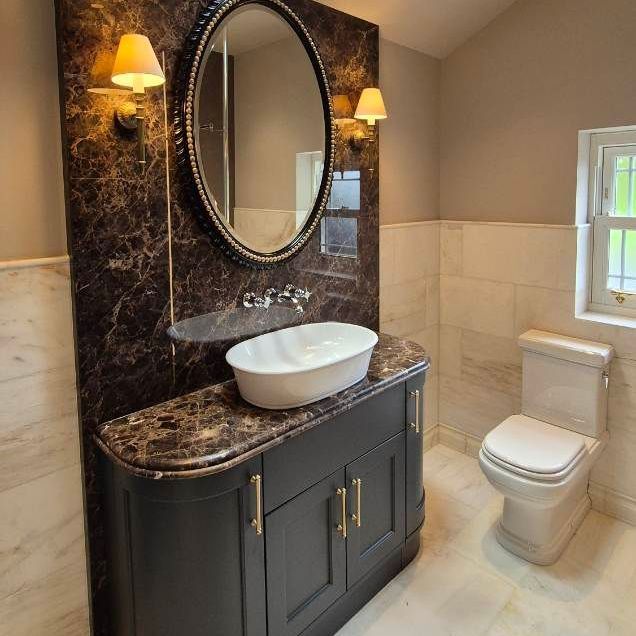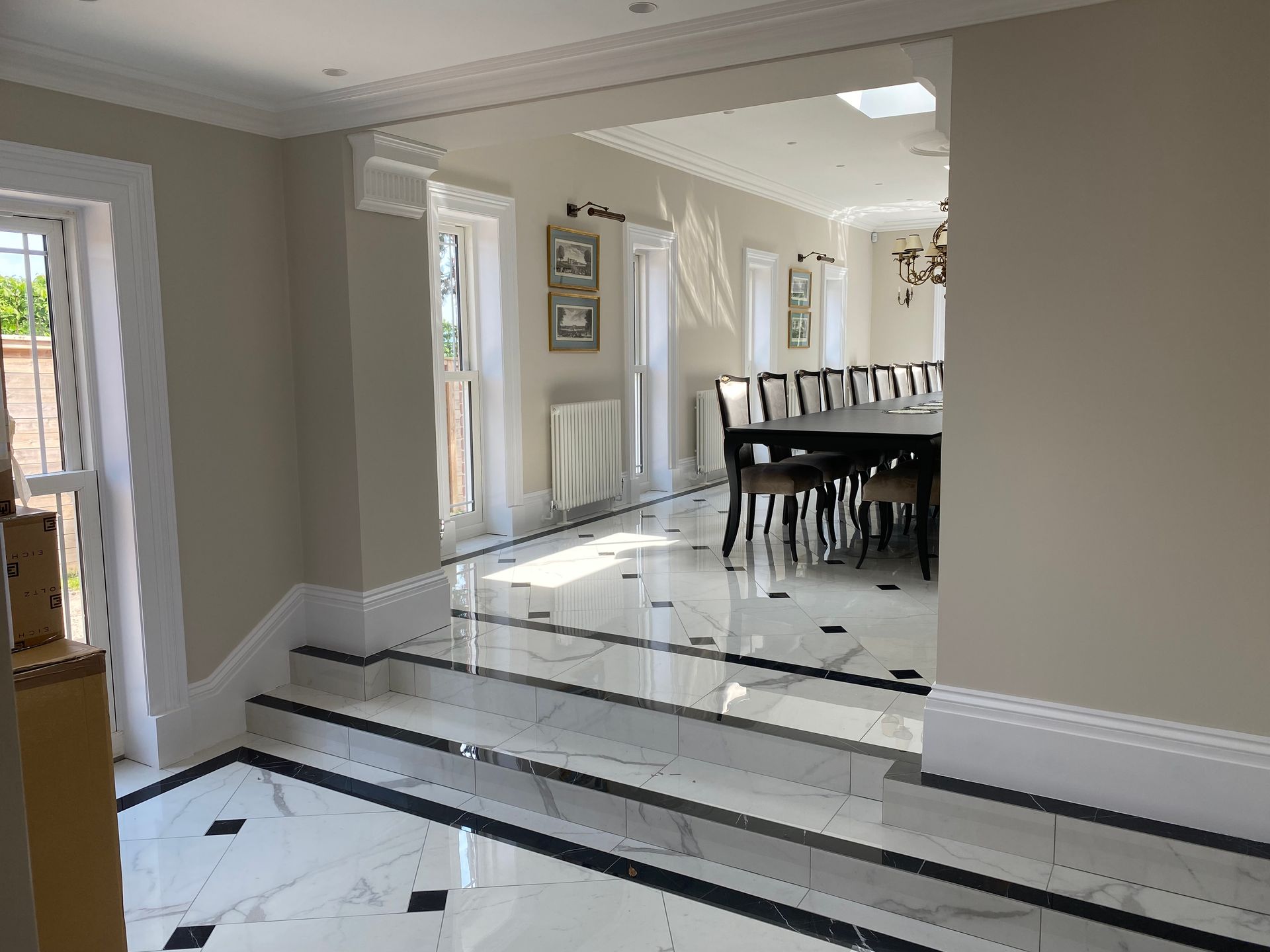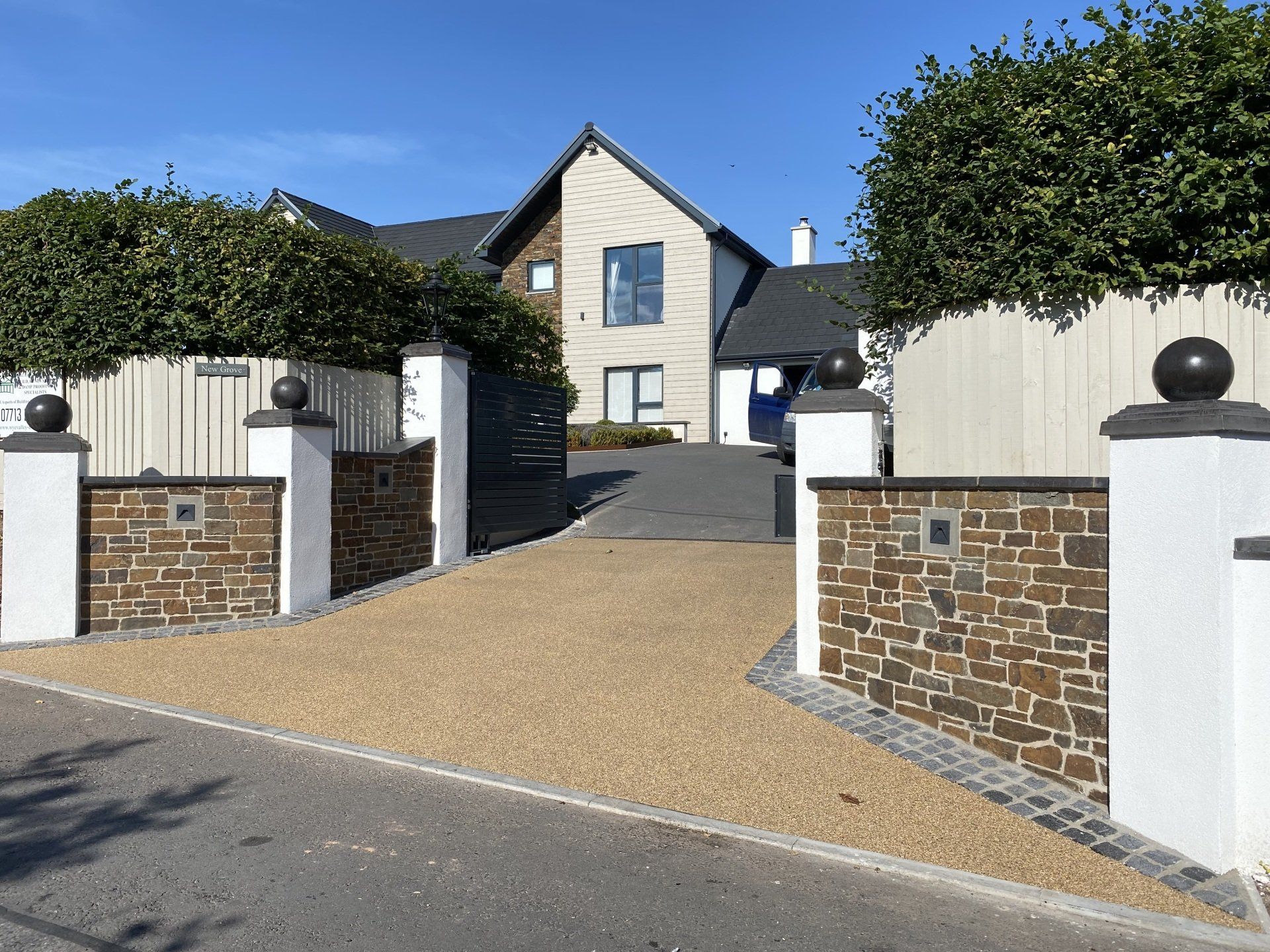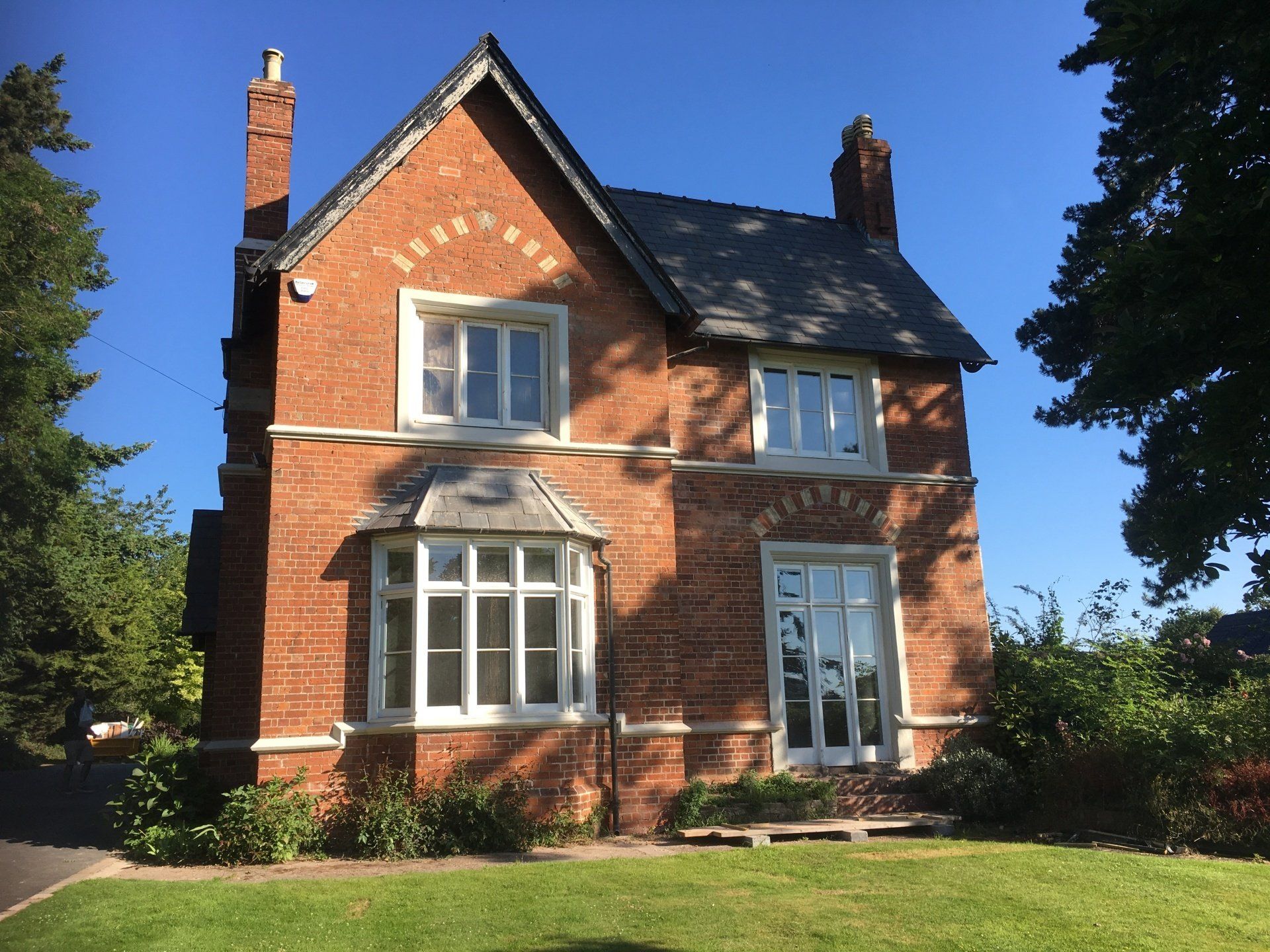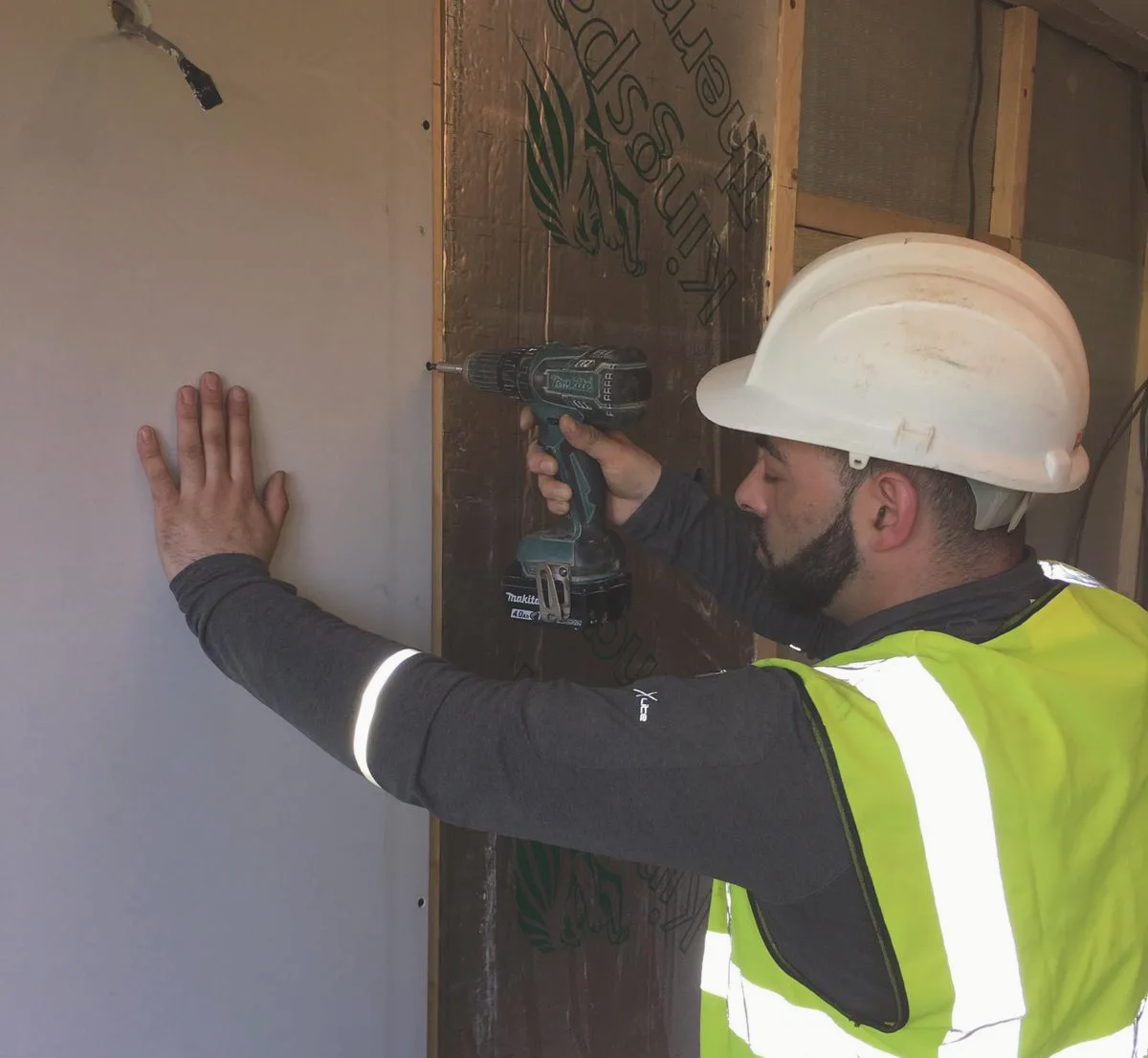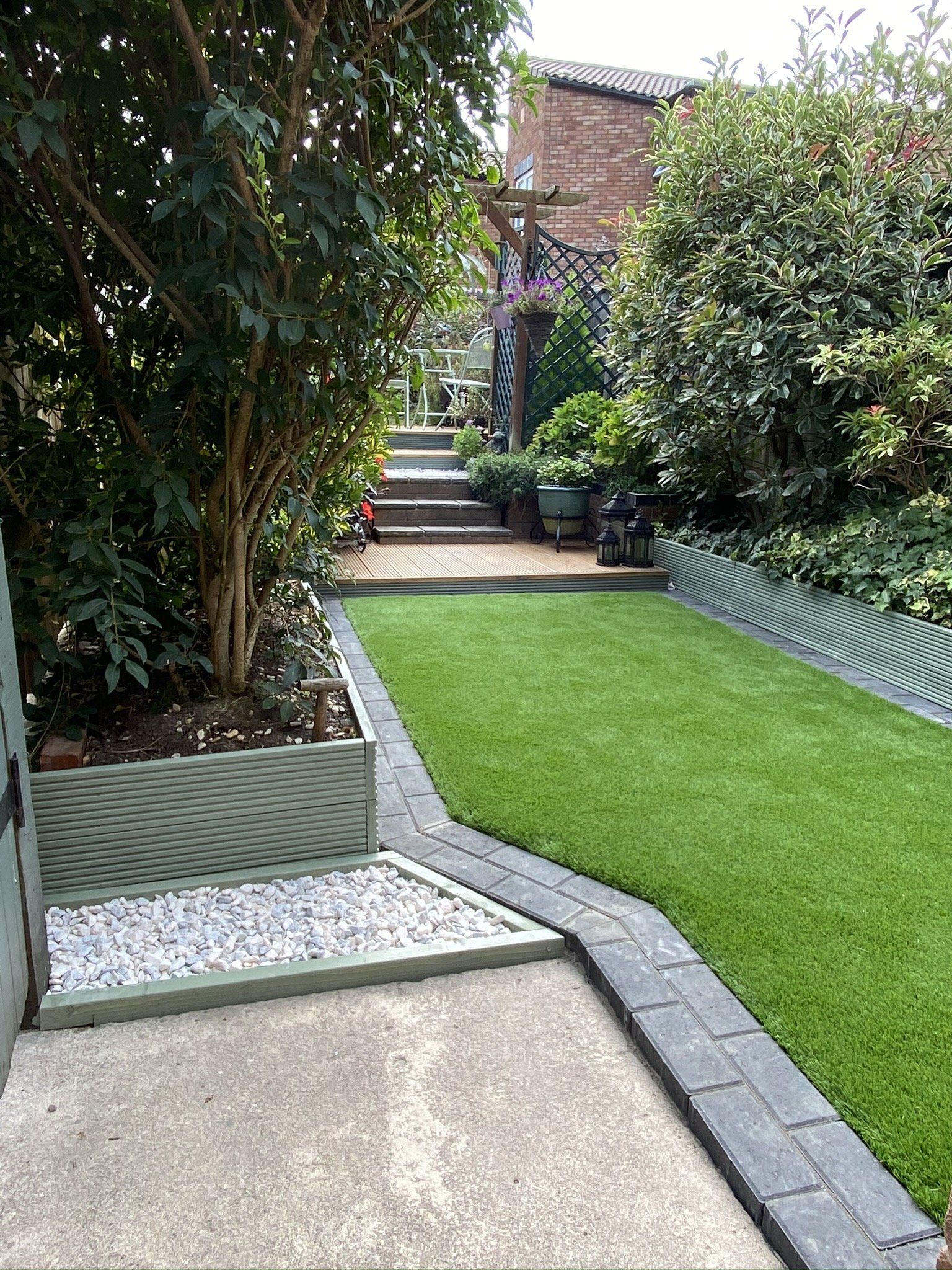Damp Proofing Herefordshire
Wye Valley Heritage • 18 November 2020
Hire Us At Wye Valley Heritage To Take Care Of All Your Damp Proof Needs!
What actually is Damp and why do you need professionals?
Minimising Condensation
• Heat, Insulate and Draught-Proof your Home
What are the Signs?
As damp can be quite a problem, it's a good idea to keep a look out that it isn't effecting your property. When attempting to spot signs of damp, look out for:
• Wallpaper or paint that is peeling away from the wall
• Skirting boards that have become discoloured or decayed
• Decayed Timber floors.
• Discolouration & the crumbling of plaster
Damp Proofing
Damp Proof Course:
Structural Waterproofing:
Cementitious Tanking:
This process involves coating the internal walls of a property to seal moisture out of the home. This technique is useful for general moisture but ineffective for situations such as flooding. Three coats are applied and then the wall re-plastered.
Damp is moisture that is present in the structure of a property. We are based in Hereford and cover all the surrounding areas, please feel free to phone for a full validation. Damp can be caused by rain water and appears in the bricks and mortar. As the UK experiences 25,000 gallons of rain water each year, damp is one of the most frequent problems encountered in homes. Yet, the problem can also arise from a lack of poor property maintenance concerning the floors, doors, windows and pipe-work. The presence of damp can cause all sorts of issues ranging from colder temperatures and the degradation of a property's interior to risks of mould and more seriously, aggravated respiratory problems.
Condensation is the only cause of damp that you can partially manage. Here are some tips:
• Produce Less Moisture in Your Home
There is always some moisture in the air but adding to the amount will only increase the likelihood of damp. Dry clothes outside instead of on the radiator, have the windows open when bathing and showering and keep lids on the pans or use a ventilator when cooking.• Ventilate your Home
Keeping windows slightly ajar can help to reduce the natural moisture that occurs from breath. Make sure bathroom and kitchen doors you only open when needed. Leave space between furniture and the walls to allow air to circulate. Investing in a dehumidifier is also a great way to remove moisture from your home.
The warmer your home, the less likely the presence of condensation. Keep your home heated as much as you can and install insulation and draught-proofing measures for the loft, walls and windows to keep your home warmer for longer. Double glazed windows are another effective option.
As damp can be quite a problem, it's a good idea to keep a look out that it isn't effecting your property. When attempting to spot signs of damp, look out for:
• Wallpaper or paint that is peeling away from the wall
• Skirting boards that have become discoloured or decayed
• Decayed Timber floors.
• Discolouration & the crumbling of plaster
Yet, damp does not always make itself as obvious as this so if you're still worried that it's present in your home, call us at Wye Valley Heritage to carry out a specialist inspection.
If your building has a history of or is suffering from a damp problem, it's a good idea to start alleviating the situation before it spirals out of control. Damp proofing most often requires a professional hand and depending on the type of damp situation, it could involve one or more of these measures:
This is the course most often taken for cases of rising damp. The process involves drilling holes into the brick of the property's internal walls and injecting the structure with a damp-proofing fluid to lessen the movement of water through the wall's capillaries. The course acts as a barrier to moisture rising from the ground and passing into the walls. Choosing this route will also involve the need to re-plaster the walls.
This system involves the incorporation of a drain membrane into the walls and floors. It is the best remedy for damp problems that are caused by high ground levels. Once the membrane has been installed, the presence of damp is managed as the moisture can run down the membrane and be channelled into a drain.
This process involves coating the internal walls of a property to seal moisture out of the home. This technique is useful for general moisture but ineffective for situations such as flooding. Three coats are applied and then the wall re-plastered.
For a quote please get in touch, either fill out our contact form
or phone for more advice.
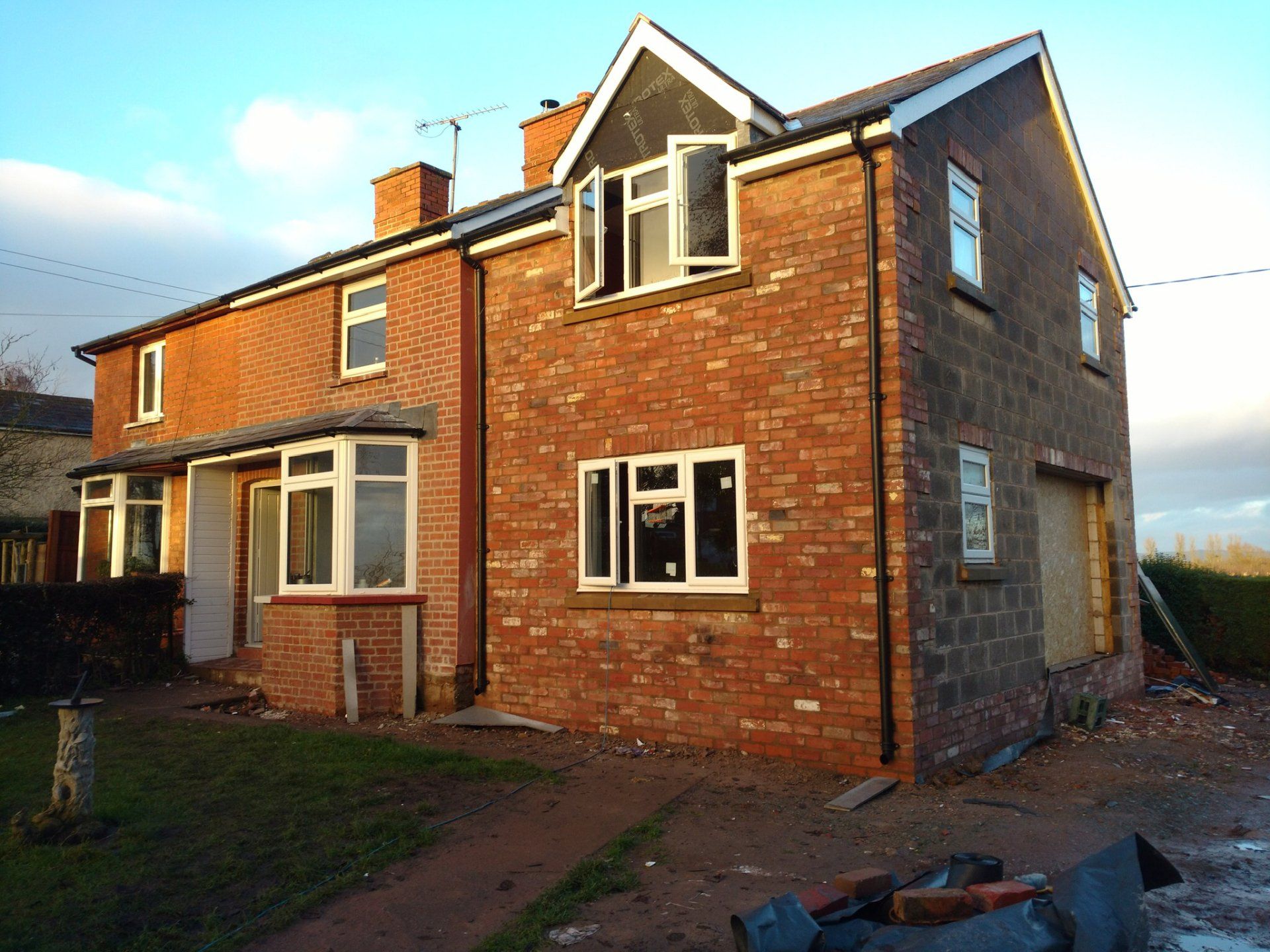
Extension Renovation, Hereford - Renovation & Extension, Eltons Marsh, Hereford This country cottage was in need of a full renovation, the decision was made to create further space by adding an extension. The extension was built in the traditional manor of brick and block work, using reclaimed Hereford bricks, the extension added valuable living space to the cottage, the ground floor of the extension gave way to a generously sized lounge, natural light was plentiful due to a well proportioned window and bifold doors leading out onto a raised patio. The first floor of the extension produced two extra bedrooms, one of which served as the master bedroom with an on suit, a doorway was constructed within the build which opened out onto the kitchen flat roof which now served as a balcony This was one of the most enjoyable projects I have worked on, due to the client not only being a life long friend but also running a successful roofing company, E&R ROOFING. WYE VALLEY HERITAGE assisted Rodney from E&R ROOFING from start to finish with this project, resulting in a fabulous family home. The work undertaken: Excavation of footings to receive foundations Construction of the oversight Overseeing the construction of the external and internal works including damp proofing and renovation works
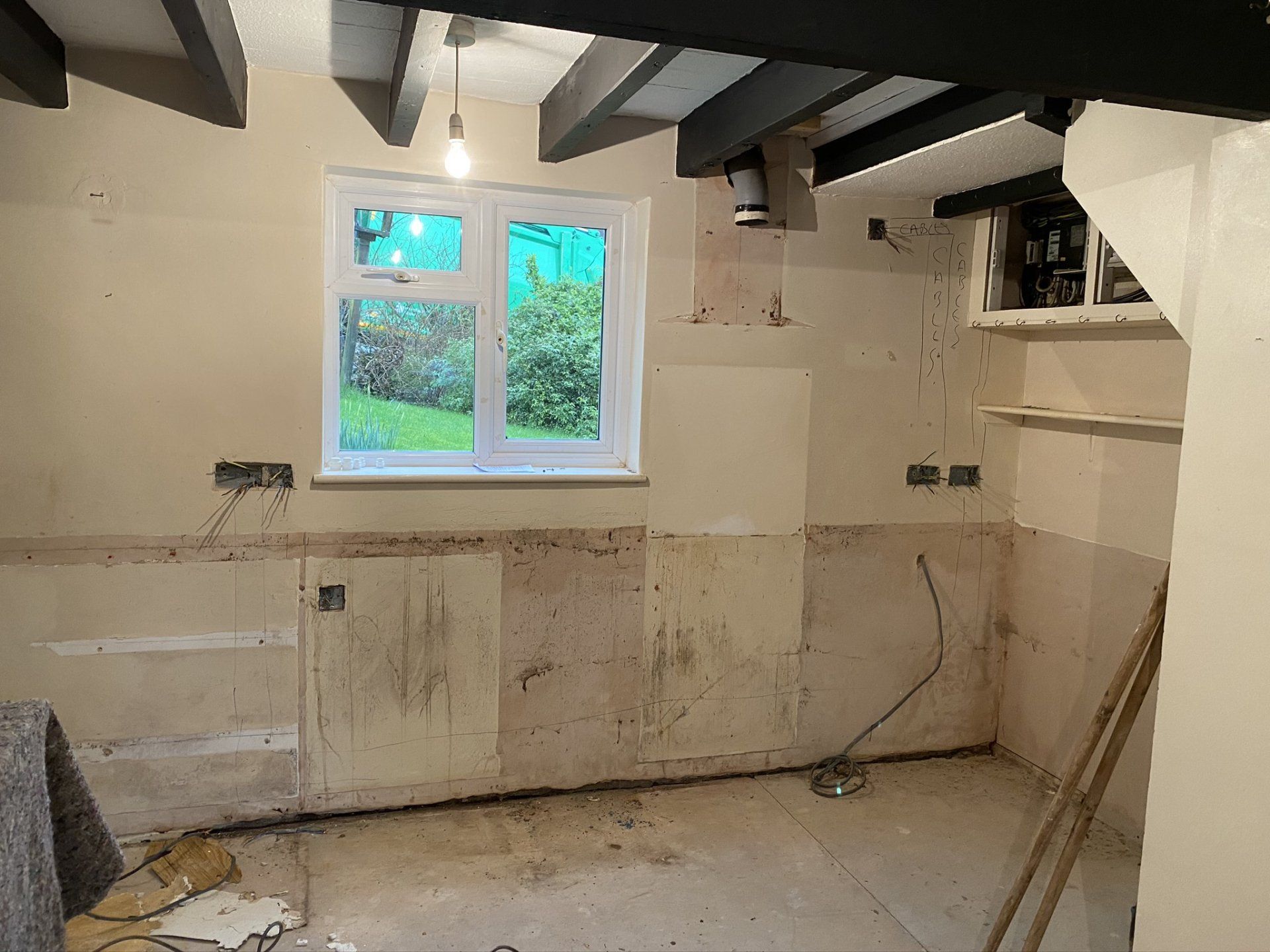
This country cottage residence situated in little birch Hereford, was in need of updating, while suffering from water ingress along with the deterioration of the internal masonry and decorative finishes. This was caused mainly from a lack of maintenance over a period of years, a combination of failing gutters, down pipes running out into the surrounding ground with blocked and collapsed drainage, water buts against the house walls without piped overflows in operation and high soil levels. A shed was positioned against the rear house wall with the shed roof pitched falling back toward the house and the rear elevation house wall was subject to the run off of water from the shed roof. There were also bricks missing that became obvious once the shed had been removed, revealing water ingress. The cottage was constructed of a solid brickwork construction and painted with non breathable paints
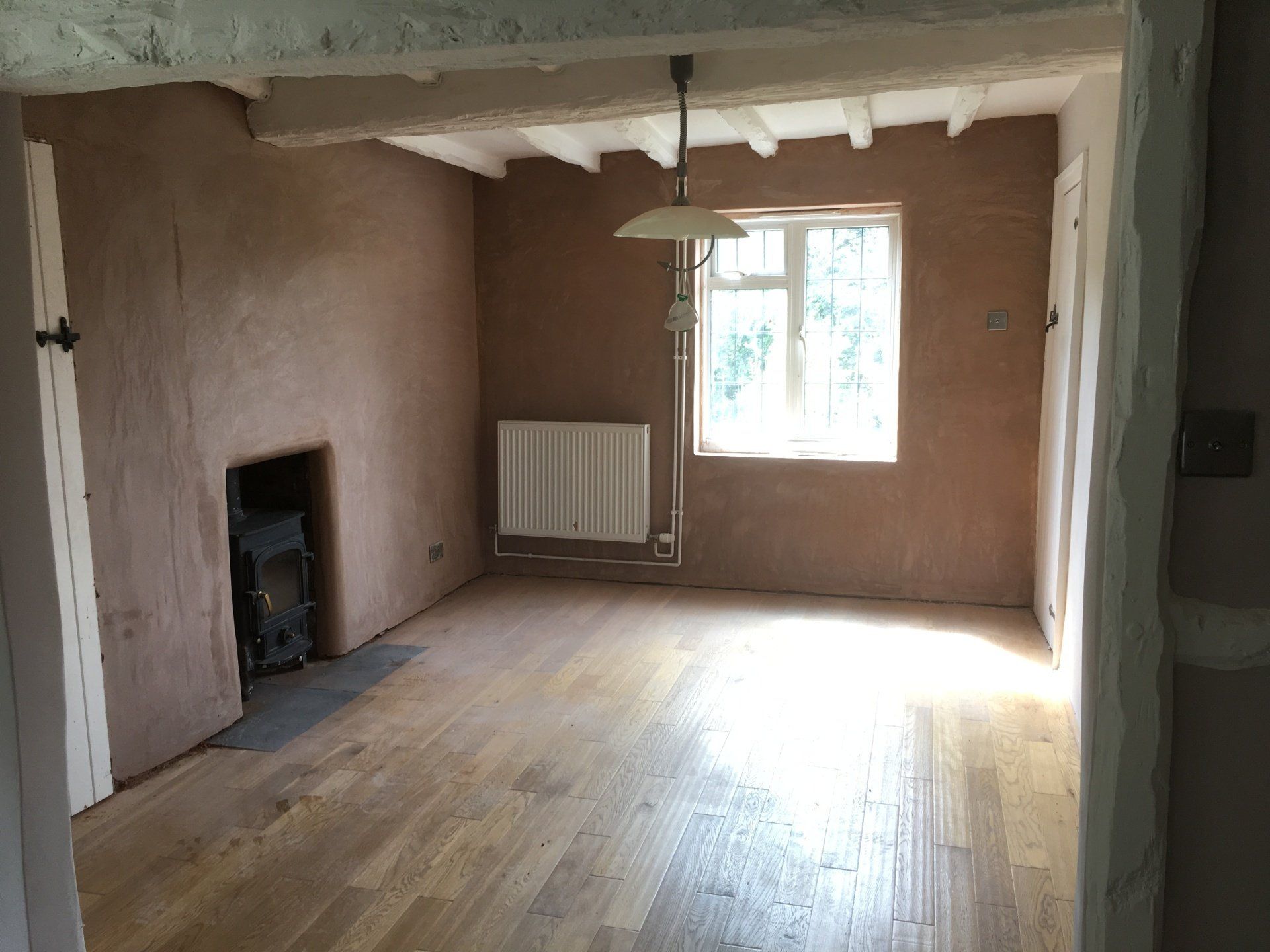
The dining room of this quiet country cottage situated in Bromsberrow near Hereford was suffering from both rising and penetrating damp, the walls were constructed in solid brick, finished with a basecoat sand and cement render, then a second rough cast coating was applied. The ground level outside was level with the interior floor level. Lowering the ground level outside was needed.

We were instructed to look at a 4 ½ inch brick garden wall that was in disrepair following recent collapse. The decision was made to remove the decayed structure and build a new 9 inch wall with 1 ½ brick pier at each end, with intermittent piers along the length of the wall. This would create a much stronger wall and improve the existing design.

